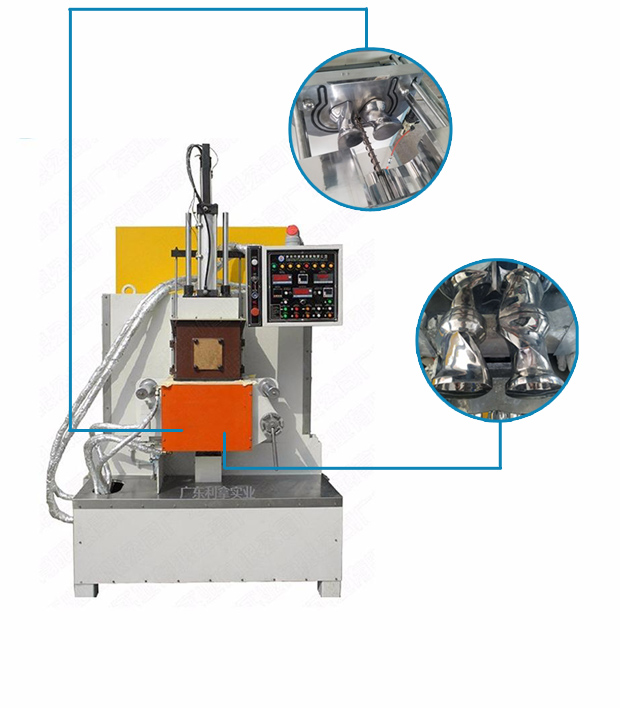(2) Production and blasting of mines and quarries, including various types of ore and stone mining, etc. It is characterized by the collapse of rock ore must meet certain dimensional specifications or grading requirements to meet the needs of shipping, use and smelting. Generally divided into primary blasting and secondary blasting, one blasting is the main blasting work of mine production. Common blasting methods include shallow hole blasting, deep hole blasting and chamber blasting. Secondary blasting is auxiliary blasting of mine production. Holes and bare blasting methods.
(3) Demolition blasting is mostly used for engineering reconstruction, expansion and demolition. Its basic method is to arrange a small amount of explosives on the foundation of the building and the joints of the beams and columns. Under the action of blasting, the structure is unstable and the orientation and extent of its collapse are controlled. To ensure that adjacent buildings are protected from damage, it has the advantages of low cost, short construction period and high efficiency compared with other demolition methods.
(4) Underwater blasting, mainly used for channel dredging, port construction, bridge construction, reefing, soft foundation and other work. Most of them use underwater drilling blasting, underwater bare blasting and concentrated energy blasting. In addition, in the development of natural lakes and artificial reservoirs, underwater rock blasting methods are often used to penetrate the drainage tunnel. There are also seabed mining blasting and so on.
(5) Explosive processing. Explosive processing is a processing method that replaces traditional machining with explosives as an energy source. China has been researching and applying explosive processing technology since 1958. At present, there have been great developments, such as explosion molding, explosion cutting, explosion punching, explosive compounding, explosive welding, explosion riveting, explosion hardening, explosion engraving and other explosion processing methods. Used in various industrial sectors.
(6) Special engineering blasting, such as fracturing blasting in oil drilling, artificial blasting in seismic exploration, and nuclear blasting used in in-situ leaching mining.
With the rapid development of modern industry. Explosives, an inexpensive energy source and various blasting technologies, will be increasingly used in various industrial fields, and the types and uses of engineering blasting will continue to expand.
LINA PIM Dispersion Kneader (CIM & MIM)
Characteristics of LINA PIM Dispersion Mixer:
(1) The specification of rotor, top and down ram is optimized to ensure the dispersion effect and material`s physical properties reach the best result.
(2) Strong Abrasive Resistance
1. The rotor blades are made of imported alloy steel to ensure they are wearable and durable. The rotor shaft is nitrided by 38CrMoAL and HV950-1050 treatment, its depth of 0.6-0.75 mm, its fragility is not greater than 11 levels to make sure high hardness of rotor shaft, high carrying capacity, strong torque, Continuous axis and stable transmission.
2. All surface that has direct contact with the material is sprayed by tungsten carbide. The spraying equipment is imported from Germany, the spraying process is automatic, and the workshop is enclosing. Tungsten carbide alloy is imported, and the wearable level of its surface is 10 times higher than conventional hard chrome plating surface. The spraying process is under high temperature of 1500℃ and the spray speed is at a supersonic speed to ensure the surface adhesion is as high as 75N/ cm². The integrated technology has achieved the lead level in the world.


Specifications of LINA PIM Mixing Machine
Type
Size (L)
Dimension (mm)
Weight (kg)
LN-PIM Dispersion mixer
0.5
1600*900*1900
800
0.8
1600*900*1900
800
1
1600*900*1900
800
2
1600*900*2000
900
3
1600*900*2100
900
5
1900*1000*2100
1200
10
2200*1350*2150
2500
15
2200*1350*2150
4000
20
2500*1450*2450
4200
25
2500*1500*2500
4500
Main features of LINA PIM Internal Mixer
1. Powerful motor effectively kneads all kinds of materials including ceramic and mental powers.
2. A large-diameter pressure cylinder adopts great excellent pressing force on kneading materials.
3. The highest temperature of LINA Dispersion Kneader can reach 400℃, making it possible to mix all kinds of new materials.
PIM Dispersion Kneader
PIM Dispersion Kneader,Zirconia Powder Kneader,Ceramic Powder Dispersion Mixer,Titanium Alloy Powder Mixer
LINA Machinery Industrial Co.,Ltd , http://www.linakneader.com